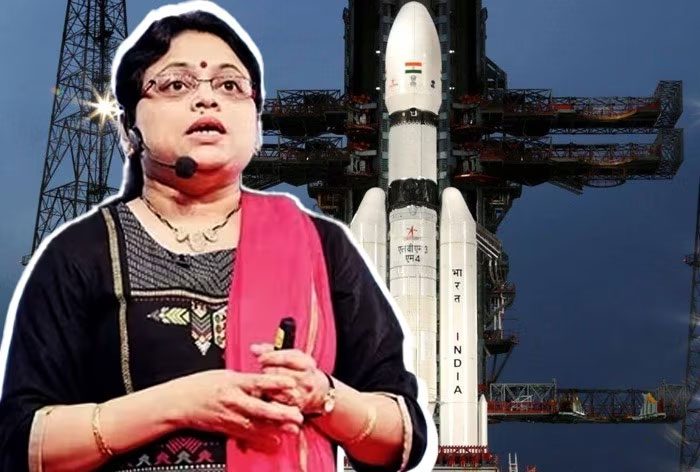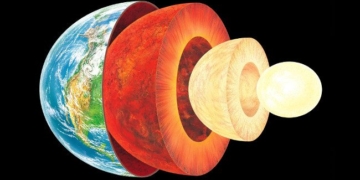On August 23, India celebrated with joy as Chandrayaan-3 successfully landed at the Moon’s south pole. Few know that behind this success is a remarkable woman.
The key member of the team that achieved this ambitious mission is Dr. Ritu Karidhal Srivastava, affectionately nicknamed India’s “Rocket Woman.”
Dr. Karidhal is a senior scientist at the Indian Space Research Organisation (ISRO), the mission director of Chandrayaan-2, and the deputy director of Mangalyaan – India’s Mars Orbiter Mission (MOM).

Dr. Ritu Karidhal Srivastava.
She is affectionately known as the “Rocket Woman” due to her leadership and significant contributions to major projects at ISRO.
This success makes India the first country to reach the south pole of Earth’s only natural satellite.
Dr. Karidhal holds a Bachelor’s degree in Physics from the University of Lucknow and later received a Master’s degree in Aerospace Engineering from the Indian Institute of Science (IISc). She joined ISRO in 1997.
Dr. Karidhal has received numerous awards for her achievements in the aerospace field.
She has always been fascinated by outer space and has a desire to make a difference. She used to collect clippings from ISRO and NASA newsletters and has published over 20 articles in international and national publications in this field.
Dr. Karidhal is considered a role model for women aspiring to make their mark in the STEM fields.
The Chandrayaan-3 lander was successfully launched from the Satish Dhawan Space Centre on July 14, completing a journey of 300,000 km to reach the Moon’s south pole.
This success positions India as a global powerhouse in space exploration. Previously, only the United States, China, and the former Soviet Union had managed to soft-land rovers on the Moon.
Prior to this, India had conducted two Moon missions. The first Chandrayaan mission was launched on October 22, 2008, to search for water. Chandrayaan-2 was launched on July 22, 2019, but lost communication just 2.1 km from the Moon’s surface.
The primary objective of Chandrayaan-3 is to conduct chemical analysis and exploration of elements that will aid future space exploration missions.


















































